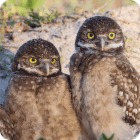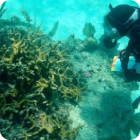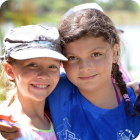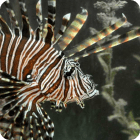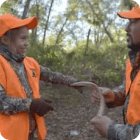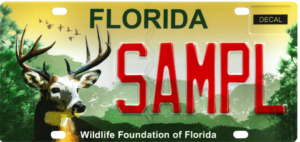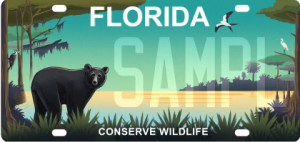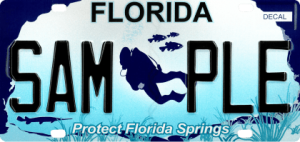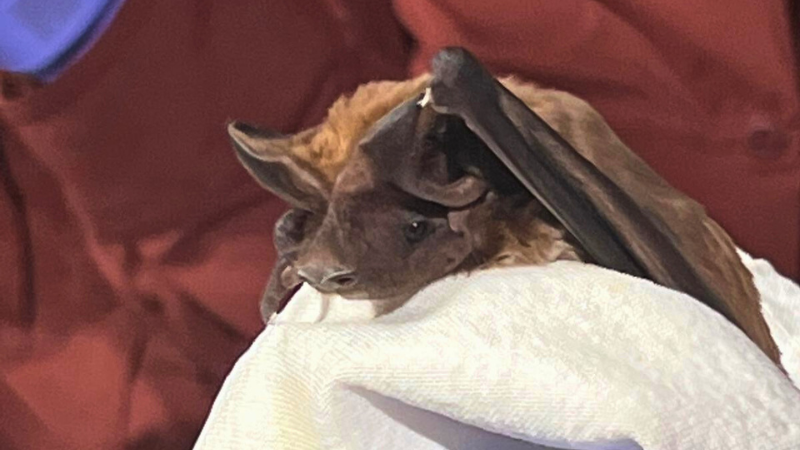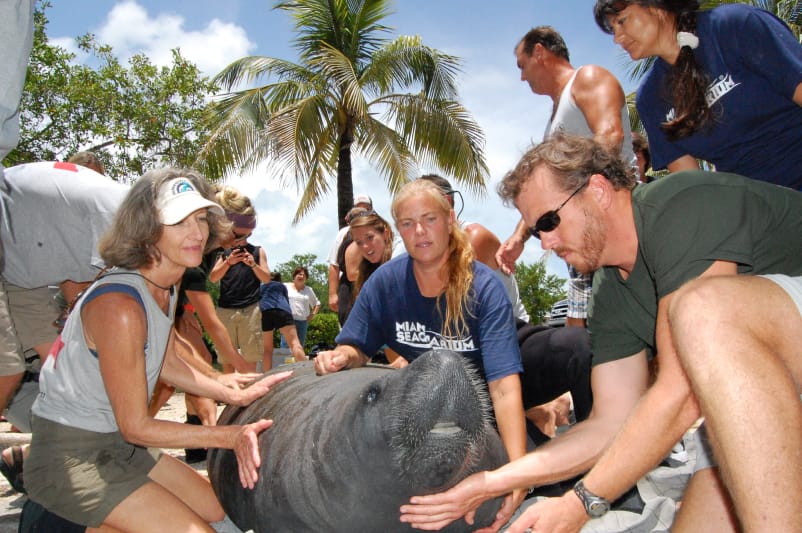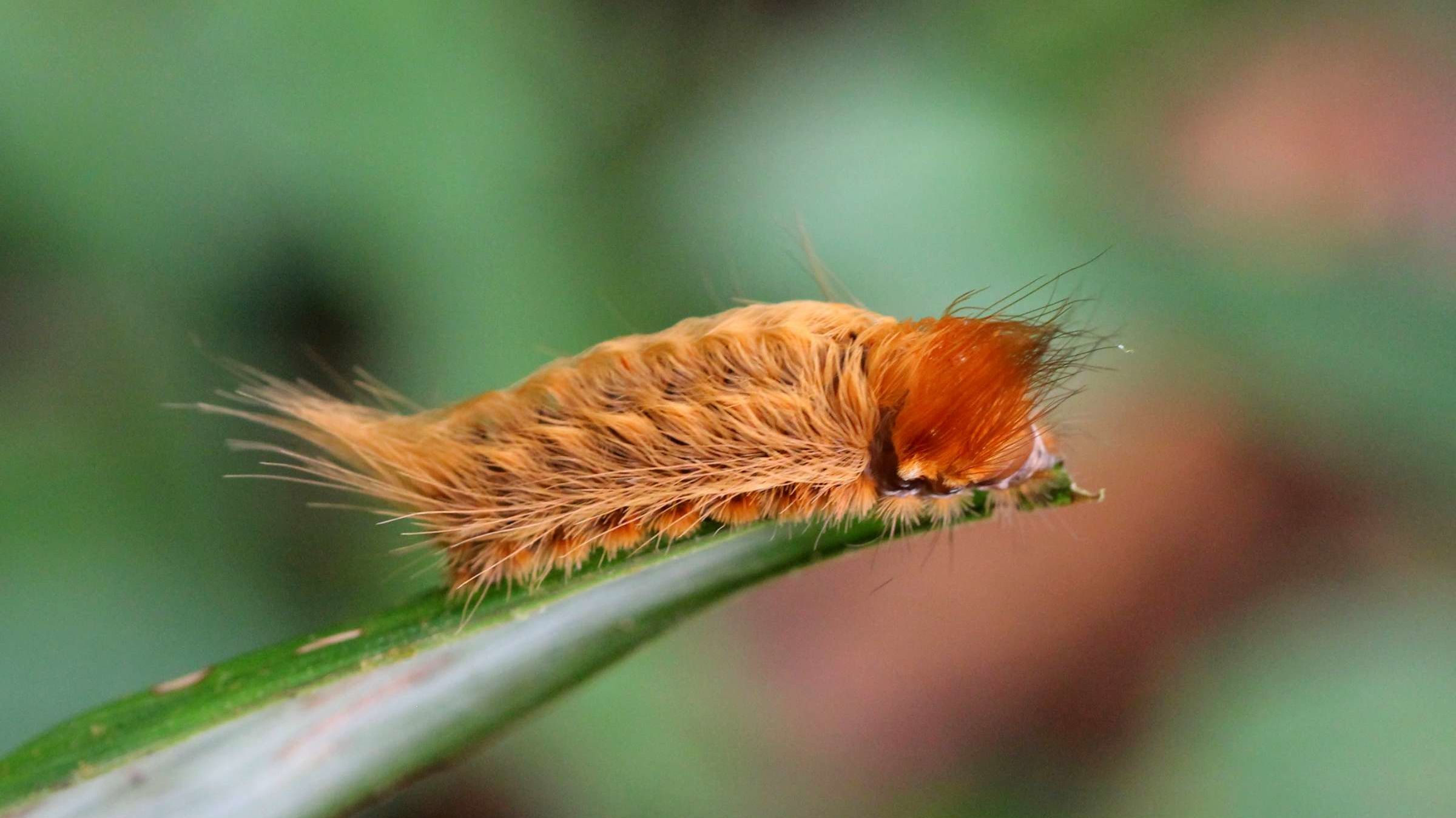
While you may not be familiar with the native southern flannel moth, you might have heard of its larvae: the puss caterpillar. At an inch long, the puss caterpillar is one of the most venomous in the country.
The name “puss caterpillar” is likely in reference to the caterpillar’s resemblance to a cat’s soft fur. The caterpillar is covered in hair-like bristles with an orange streak running down its back. Hidden among its attractive hairs are extremely toxic spines that stick to your skin. Stings can be incredibly painful, radiating throughout the body. It is recommended to get the spines out of your skin as soon as possible with the aid of cellophane tape. Ice packs, an oral antihistamine, and hydrocortisone cream are some of the methods that can be used to help with the pain.
Southern flannel moths and their larvae go through boom-and-bust cycles, and population numbers can change substantially based on weather, food availability, and the number of parasites around. The species is found from New Jersey to Florida and west to Arkansas and Texas. It is common in Florida during the fall and spring on oak and elm trees and was recently sighted in Clermont, Florida, according to FOX 35 News.
Mature puss caterpillars begin to spin their cocoons by making a thin framework of silk using their hair covering as support. Cocoons are typically found on small twigs, branches, or depressions in tree bark. Some more adventurous caterpillars wander away from trees and cocoon on nearby buildings. Larvae pupate around 16 days after completing their cocoon and emerge as moths approximately two weeks later. Adult southern flannel moths have wingspans of around 1-1.5 inches; females are larger than males. Their front wings are yellow with some black coloration on the front edges. Hindwings are a cream-yellow color and their thoraxes are predominantly orange. The name “flannel moth” comes from the thick coating of fur-like bristles on their bodies.
While these interesting insects and their attractive larvae may catch your eye when exploring wild Florida, it is important to exercise caution around them.
